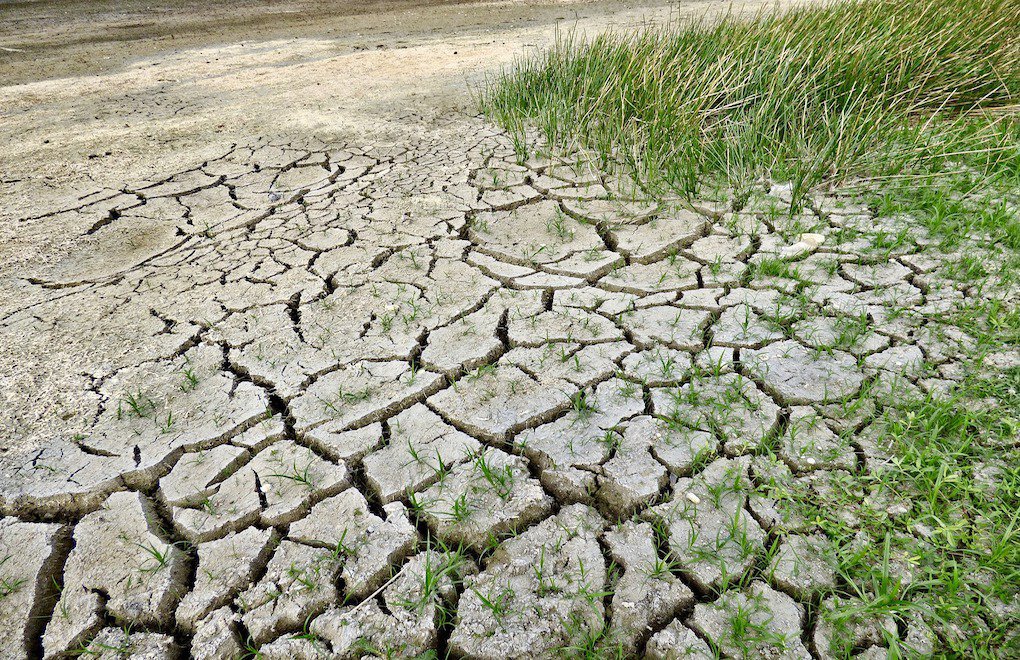Click to read the article in Turkish
The Directorate General of Meteorology has published its "2020-2021 Water Year 12-Month Aerial Cumulative Precipitation Report."
The report has shown that the precipitation in the 2021 water/agriculture year has been below normals and the precipitation last year.
When the data are observed over the years, there is a drop by 19 percent in comparison with the specified normals and a drop by 16 percent in comparison with the precipitation in the 2020 water/agriculture year.
This year, the precipitation received by square meter has been 465.5 milliliters. When compared to the averages over the years, the normal amount of precipitation to be received by Turkey was 574 milliliters while the amount of precipitation received last year was 552.6 milliliters.
Highest drop in Southeast Anatolia
In comparison to the specified normals, the highest decrease in precipitation has been observed in Southeast Anatolia with 39 percent. While precipitation has been near the normals in Marmara and Black Sea regions, it has been below the normals in other regions.
While Eastern Anatolia has seen a drop of 32 percent, this rate has been 24 percent in the Mediterranean and 22 percent in central Anatolia.
Considered on a provincial basis, the highest precipitation was received by Rize (1,667 milliliters) and the lowest was received by Mardin (241 milliliters). While the highest drop has also been observed in Mardin with 54 percent, the highest increase has been in Düzce with 26 percent.
The Black Sea, eastern parts of Marmara and Thrace received precipitation 125 days of the year; the amount of days with precipitation is under 60 in Mersin, Antep, Urfa, Mardin, Diyarbakır and Şırnak.
Agricultural fields affected the most
The country-wide drought has affected agricultural fields the most.
The precipitation received by the Aegean, a region home to a significant amount of agricultural products such as tobacco, olives, grapes, figs, cotton and citrus fruits, is below the normals. The Aegean has seen 18 percent less precipitation when compared to the normals and 5 percent less precipitation when compared to the 2020 water/agriculture year.
İzmir Agriculture and Forestry Director Mustafa Özen has commented on the report for the state-run Anadolu Agency (AA). Özen has stressed that Turkey is seriously heading towards a shortage of water.
According to Mustafa Özen, while İzmir has not been significantly affected when compared to 2020, its neighboring provinces such as Manisa, Aydın and Denizli have been waging a serious struggle against drought and they have started to deeply feel its effects.
Warning against excessive irrigation, Özen has emphasized the need to adopt methods such as trickle irrigation as soon as possible, "which helps us to use our water resources for a longer period of time."
Drought in Turkey
Contrary to popular belief, Turkey is not rich in water; on the contrary, it is a country "having water shortage" with 519 m3 water per capita. Moreover, it is projected that its population will hit 100 million people in 2030 and the water per capita will decline to 120 m3. These projections indicate that Turkey might be a "water poor country" in the near future.
In January 2021, the NASA Earth Observatory shared two maps showing the groundwater wetness percentile and root zone wetness percentile, warning that the groundwater storage had dropped below in Turkey.
According to the World Wide Fund for Nature (WWF) Turkey, the following cities in Turkey are on the global list of cities facing water risk: Bursa, Mersin, Konya, Adana and Antalya.
"In the last 50 years, half of the wetlands in Turkey have lost their sound structure in terms of quantity and quality of water.
"In other words, a westland area three times the size of Lake Van has lost its ecological function. The risk concerns not only our surface waters, but the condition of our ground waters is also alarming. The loss of our forestlands is another factor paving the way for drought." (TP/SD)

